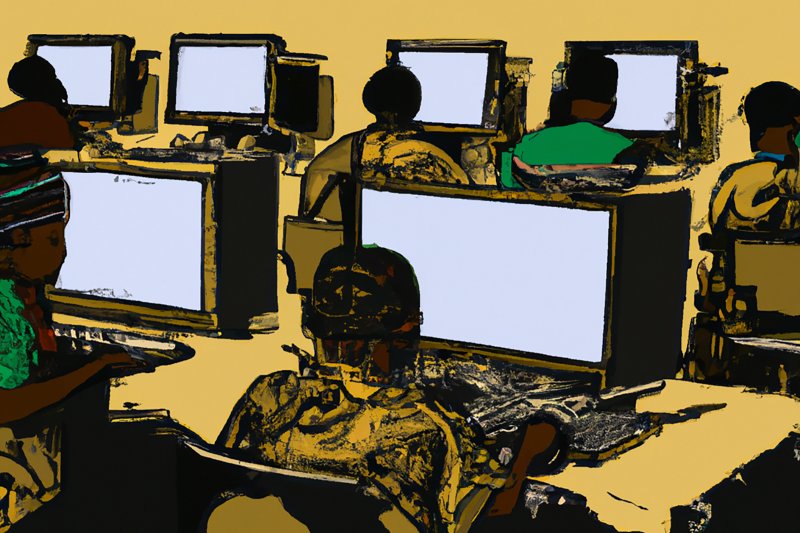Self care is widely not practiced in the global north. We are accustomed to work and eat at our desk and hope that our hard work gets noticed with upper management in order to receive recognition. in the article provided, we need to reclaim the moment to breathe and understand that most job requests are not an emergency. Many of us suffer whenever a person in upper management asks for a report and we try our best to complete it, worrying and stressing that our position is in a precarious position. it takes a bit of mental strength to convince ourselves that our jobs isn’t always on the line.
A form of care I take is that if i did not sign up for a high pressured environment then I will not stress about it. Many organizations artificially create high pressured environments that eat away at our psyche. It is reported that many BIPOC are the ones that experience this the most. it’s a form of institutionalized oppression that was built many eons ago and it is still being used today all under the guise of capitalism. Not many organizations dont have the capacity to stop and have backup for missing personnel. We often see minimum paid workers refuse to take a sick day in fear of upsetting upper management, only for that loyalty be thrown out the window the moment layoffs happen.
Organizational recognition of the worker is key for a productive environment. The burden of work should not rely on one person but as a team. Many organizations fail to prepare for absences and make the worker suffer to cover up their lack of preparation. Care should be accessible to everyone and not have the individual force themselves and struggle to find care.



